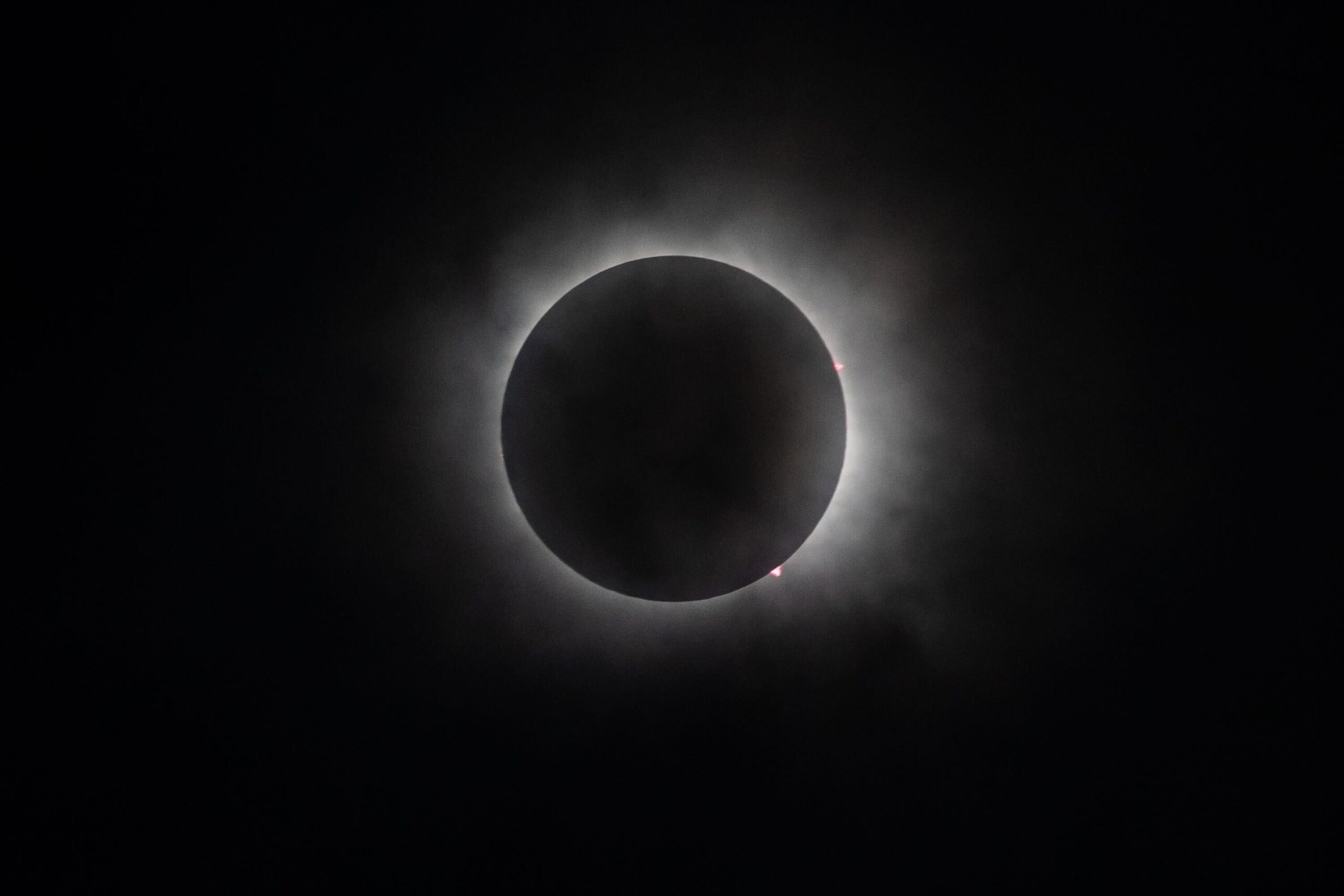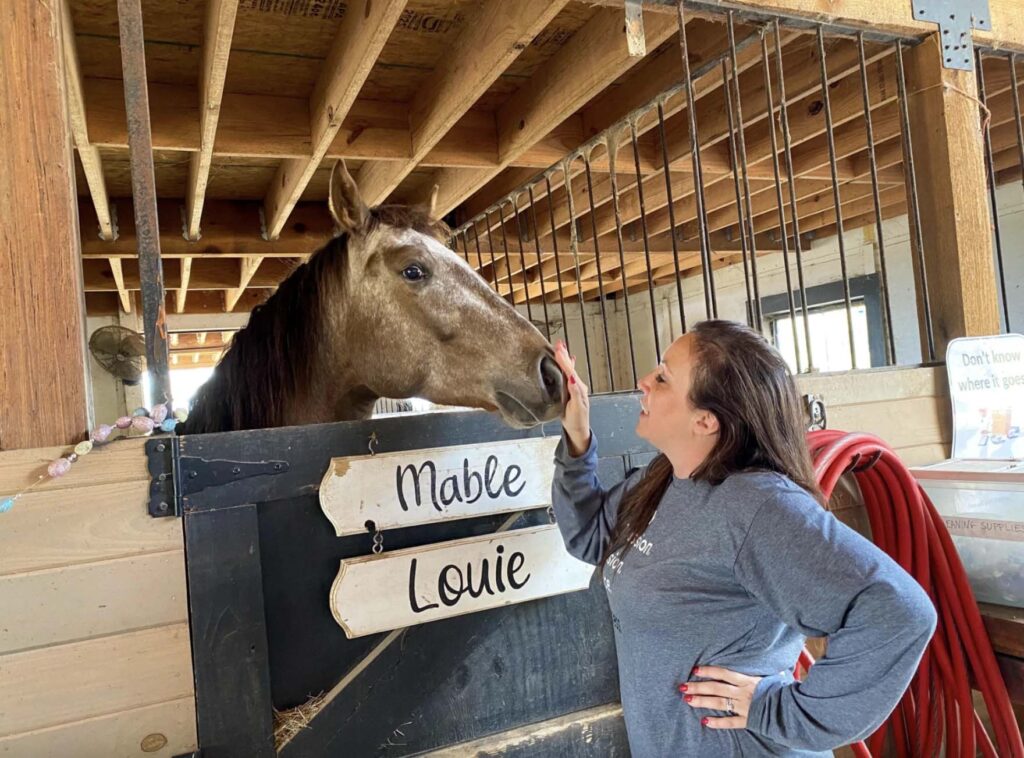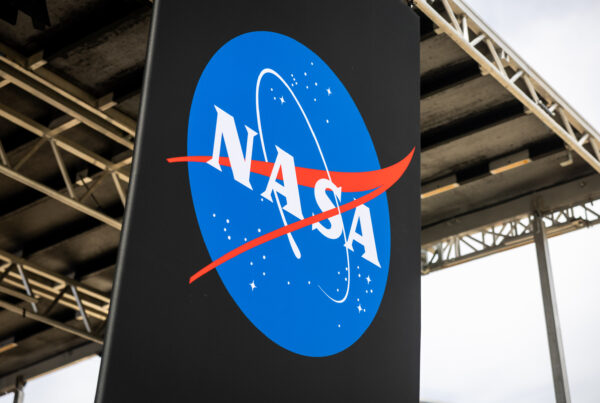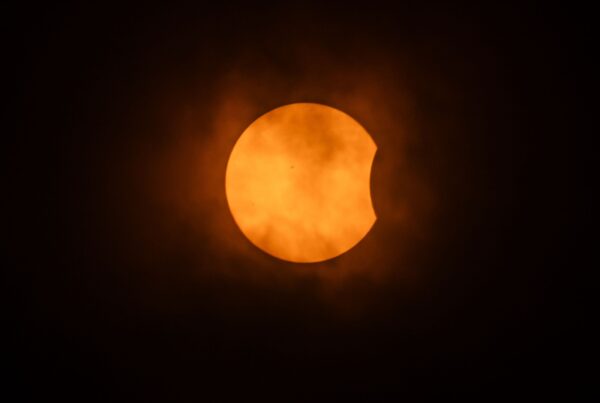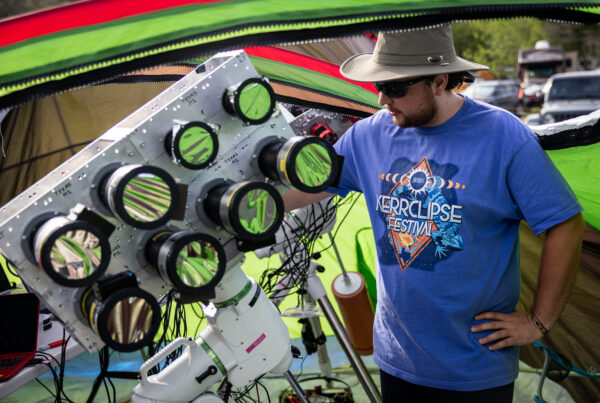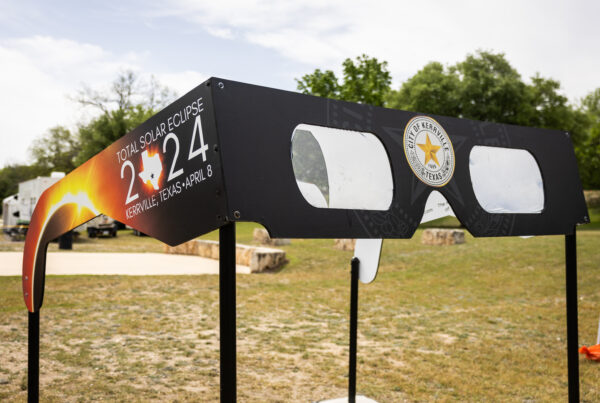From The Texas Newsroom:
Sure, we love the sun. After all, its continued existence is essential for the survival of all life on Earth. But don’t you sometimes just wish it would dramatically disappear for a few minutes, completely obscured by the moon?
Of course you do!
And today, you’re in luck. It’s finally Monday, April 8. This afternoon, thirteen states — and some 30-million Americans — will be in the path of a historic, total solar eclipse. That includes a wide swath of Texas, stretching from Eagle Pass on the state’s southern border all the way to Texarkana.
So, take that, sun! We’re ready. After all, the U.S. won’t see another eclipse like this until 2044. Read on for everything you need to know to maximize eclipse-related awe and minimize eclipse-adjacent headaches.
When and where to watch
First off, not all of Texas will be in the path of totality. But those lucky enough to be should first start noticing changes in the sky just after noon.
“The solar eclipse begins with what we call first contact. That’s when the moon first starts to impinge on the disk of the sun,” said Angela Speck, chair of the University of Texas at San Antonio’s physics and astronomy department, in a recent Texas Standard interview.
“Basically, 12:15-ish we start to see a partial eclipse,” she said.
According to GeatAmericanEclipse.com, totality will begin in Texas around 1:27 p.m. on the state’s southern border after moving up through Mexico. This will give folks in Eagle Pass, Del Rio, Uvalde and the surrounding areas the first glimpses.
A few minutes later, the path of totality moves onto the Fredericksburg, Kerrville and San Antonio areas. It’ll then cut a path northeast that will include Austin, Waco and the DFW metroplex before moving out of Texas just before 1:50 p.m. Check here for more specific timing in your area.


